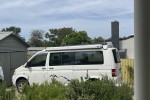Guide to moving into a retirement village in Brisbane
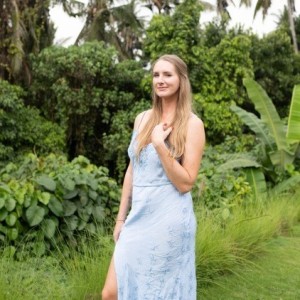
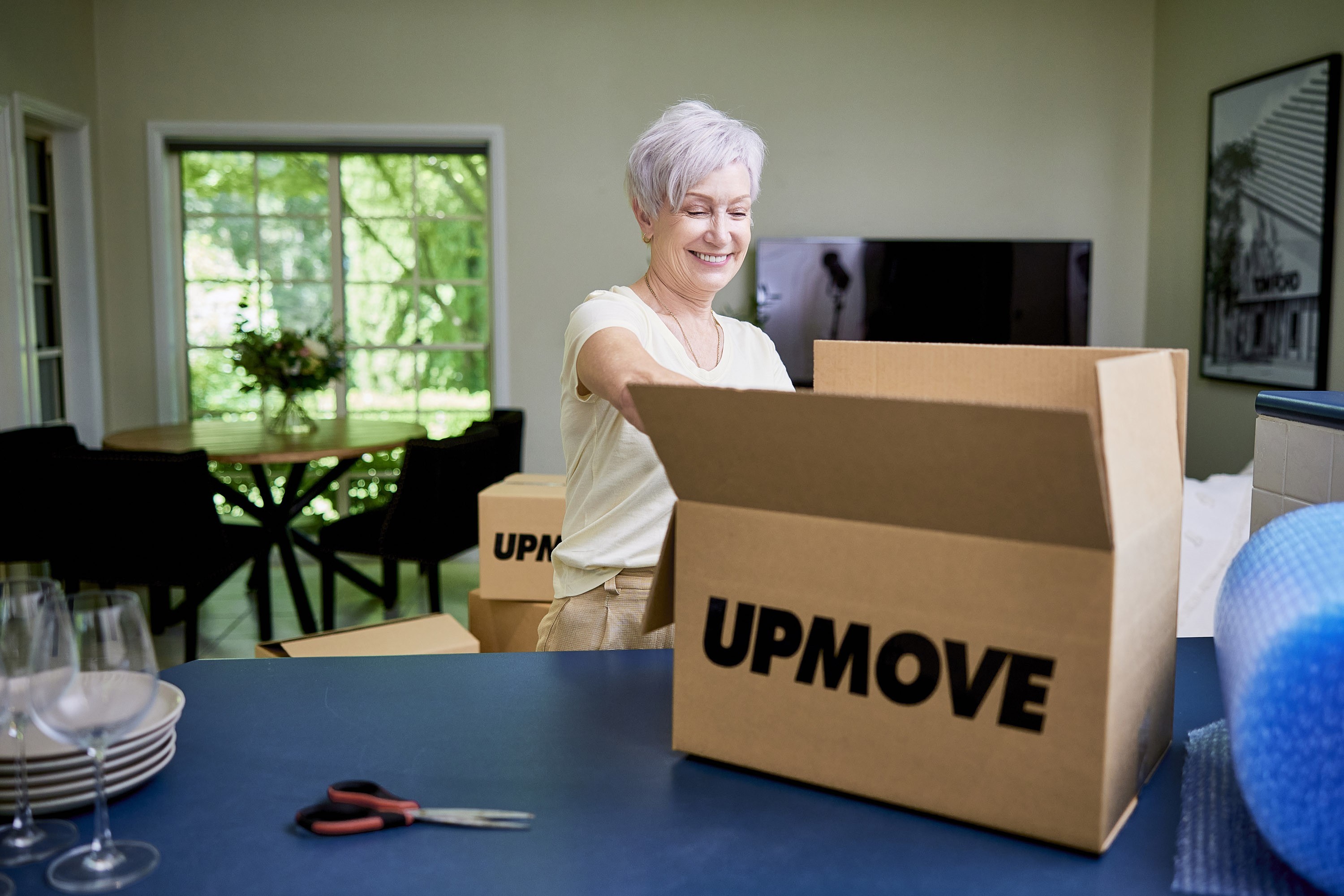
Brisbane has plenty to offer when it comes to retirement villages, whether you're looking for a peaceful riverside lifestyle or need to be close to family and health services. From leafy northside suburbs to bayside living, there's a growing number of well-designed communities catering to different budgets, needs and lifestyles.
Moving into a retirement village isn't quite the same as buying a regular home. There are contracts, fees, and community living models to think through, and take the time to understand the details. Here’s everything you need to know before moving into a Brisbane retirement village.
What to know about retirement villages in Brisbane
Moving into a retirement village is a big life step. It also works differently from buying a regular home.
In Brisbane, retirement villages are designed for anyone who’s 55 years and older looking to live independently, but with less maintenance and more community connection.
They’re not aged care facilities. You’ll still be managing your own day-to-day routines and activities, but with access to shared spaces and lifestyle services. There’s often optional care if or when it’s needed.
Most Brisbane retirement villages operate on a leasehold or licence basis. That means you're not purchasing the land or unit in the traditional sense. Instead, you're buying the right to live there, often with a long-term lease and certain conditions around what happens when you leave.
How retirement villages work in Brisbane
Here are the general steps of what you need to do before moving into a retirement village:
Research locations and villages
Start by narrowing down your ideal suburbs within Brisbane. Think about its proximity to family, medical services, shops, and lifestyle activities.
Southside suburbs like Mt Gravatt or Carindale may suit those wanting good healthcare access, while bayside spots like Cleveland are perfect if you’re after sea breezes and quiet living.
Ask for the Village Comparison Document (VCD). Every retirement village in Queensland must have one. It gives you a quick overview of what the village offers, including services, facilities, and general costs. You can use it to compare different villages across Brisbane.
Tour and compare villages
Once you’ve shortlisted a few Brisbane retirement villages, it’s time to book in some tours. Speak to staff, ask questions about fees and services, and if possible, chat with current residents. Notice the community vibe. Is it friendly, active, or quiet? Does it match your needs?
Understanding retirement village contracts and fees in Queensland
Retirement village contracts in Queensland are regulated under the Retirement Villages Act 1999 (Qld), but they can still be complex. It's a good idea to have a solicitor review the agreement. Look for a solicitor who understands Queensland retirement village law. Ideally, they’ll also have experience in property conveyancing, especially if you're selling your current home as part of the move.
Free legal advice is also available through the Queensland Retirement Village and Park Advice Service (QRVPAS). They can help you understand your rights, responsibilities and what to watch for before signing on the dotted line.
Complete the paperwork
There’s a bit of paperwork involved when moving into a Brisbane retirement village, but each document helps you understand what you’re signing up for.
If you’re interested in a specific unit, ask for a Prospective Costs Document (PCD). It shows what you’ll pay to move in, your ongoing costs, and what you’re likely to get back if you leave after a few years. You’ll need to have this for at least 21 days before signing anything.
The residence contract is your official agreement with the village operator. It outlines your rights and responsibilities, how shared areas work, and what happens if you decide to move out.
You’ll also fill in an entry condition report with the operator when you move in. This helps record the condition of your unit and avoid issues later.
Plan your move into a Brisbane retirement village
Once the paperwork is finalised, you’ll be given a move-in date. This is a great time to start downsizing and sorting logistics, especially if you're moving from a long-term home. Many Brisbane retirement villages offer assistance with settling in, including orientations or community welcome sessions.
If you’re after more structure to your retirement relocation, our Brisbane relocation checklist can help keep things stress-free from packing to move-in day.
What your life will be like living in a Brisbane retirement village
Life in a Brisbane retirement village can be as relaxed or as active as you like. The city’s subtropical climate means warm days and mild winters, perfect for year-round outings, exercise and community connection. Most villages are designed for independent living, so you can enjoy your own space while staying close to everything Brisbane has to offer.
There’s plenty within easy reach. Public transport makes it simple to get around and head into the city for a show at QPAC, browse the boutiques and cafes in Queen Street Mall, or spend a morning at New Farm Park and the Powerhouse markets. Sports fans can catch a Lions game or cricket match at the Gabba, while art lovers will enjoy the Gallery of Modern Art and the Queensland Museum.
Brisbane also hosts major events throughout the year, including the Brisbane Festival, Riverfire, and the Ekka. For day trips, the Sunshine Coast and hinterland are just over an hour away, and the bayside suburbs offer calm water views and a slower pace.
Within the villages themselves, you’ll often find community gardens, walking groups, fitness classes, and social clubs that make it easy to stay active and connected. Retirement living in Brisbane isn’t about slowing down. It’s about having more freedom to enjoy what you love, with everything you need close by.
Best Brisbane suburbs for retirement living
Brisbane has retirement villages spread across the city, but here are a few standout areas:
- Carindale and Mt Gravatt (South Brisbane): Close to hospitals, major shopping centres and parklands, these suburbs are popular with retirees who want convenience and connection.
- Chermside and Aspley (North Brisbane): Well-connected by public transport with easy access to amenities, the northside is home to several well-established Brisbane retirement villages.
- Cleveland and Victoria Point (Bayside): Love the water? The Redlands area offers a relaxed coastal vibe and is ideal for retirees looking for a slower pace near the bay.
- Indooroopilly and Kenmore (West Brisbane): These leafy, upmarket areas have a strong community feel and plenty of access to medical care and local shops.
- Springwood and Logan (Southside): For those looking for a more affordable option, the Logan region is growing fast with new retirement villages offering value for money and modern features.
Top retirement villages in Brisbane
1. BlueCare Tangara - West End (Inner‑South)
Located just 1.5 km from the Brisbane CBD, BlueCare Tangara offers inner‑city convenience at relatively affordable prices, with apartments starting around $300,000.
It’s close to cafés, shops, riverside walks and public transport - ideal for those wanting to stay central without the high‑end cost.
2. The Atrium Lutwyche - North Brisbane
View this post on Instagram
Just 6 km from the city centre, the Atrium Lutwyche is a boutique-style development that offers modern, pet‑friendly apartments with city views.
Communal facilities include a heated pool, café, wine room, and landscaped walking paths along Kedron Brook. It’s a great option for active retirees who value convenience and design.
3. Bernborough Ascot – North‑East Brisbane
A premium, architect-designed vertical village within a racecourse precinct, Bernborough Ascot offers resort-style amenities, such as a rooftop terrace, gym, private theatre, art studio and a café/bar.
Apartments here tend toward the luxury end, with one-, two- and three-bedroom apartments starting from around $638,000.
4. Regis Bramble Bay – Sandgate (North side, bayside)
Regis Bramble Bay is located just minutes from Moreton Bay and around 30 minutes from Brisbane CBD by public transport. This is a great northside option that gives you quiet coastal living with easy access to local shops, restaurants, and bus/train connections. A peaceful but connected choice.
5. The Terraces, Forest Lake (South‑west Brisbane)
View this post on Instagram
Villages such as The Terraces in Forest Lake offer more affordable independent living options, with entry prices starting in the $300,000–$400,000 range.
These typically feature villas or units, sometimes pet-friendly and in community settings with gardens and local services.
Get ready for your move to a Brisbane retirement village

Once you've picked the right Brisbane retirement village, it’s time to start planning the move. Luckily, your moving process doesn't have to be stressful. Whether you're downsizing or helping a loved one transition, Upmove is a moving service provider that makes it easy for you to book the best Brisbane removalists who know how to handle the logistics with care.
You can compare quotes from movers, check reviews, and find a team that fits your timeline and budget, all in one place.
What do our customers say?
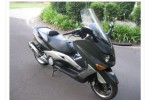


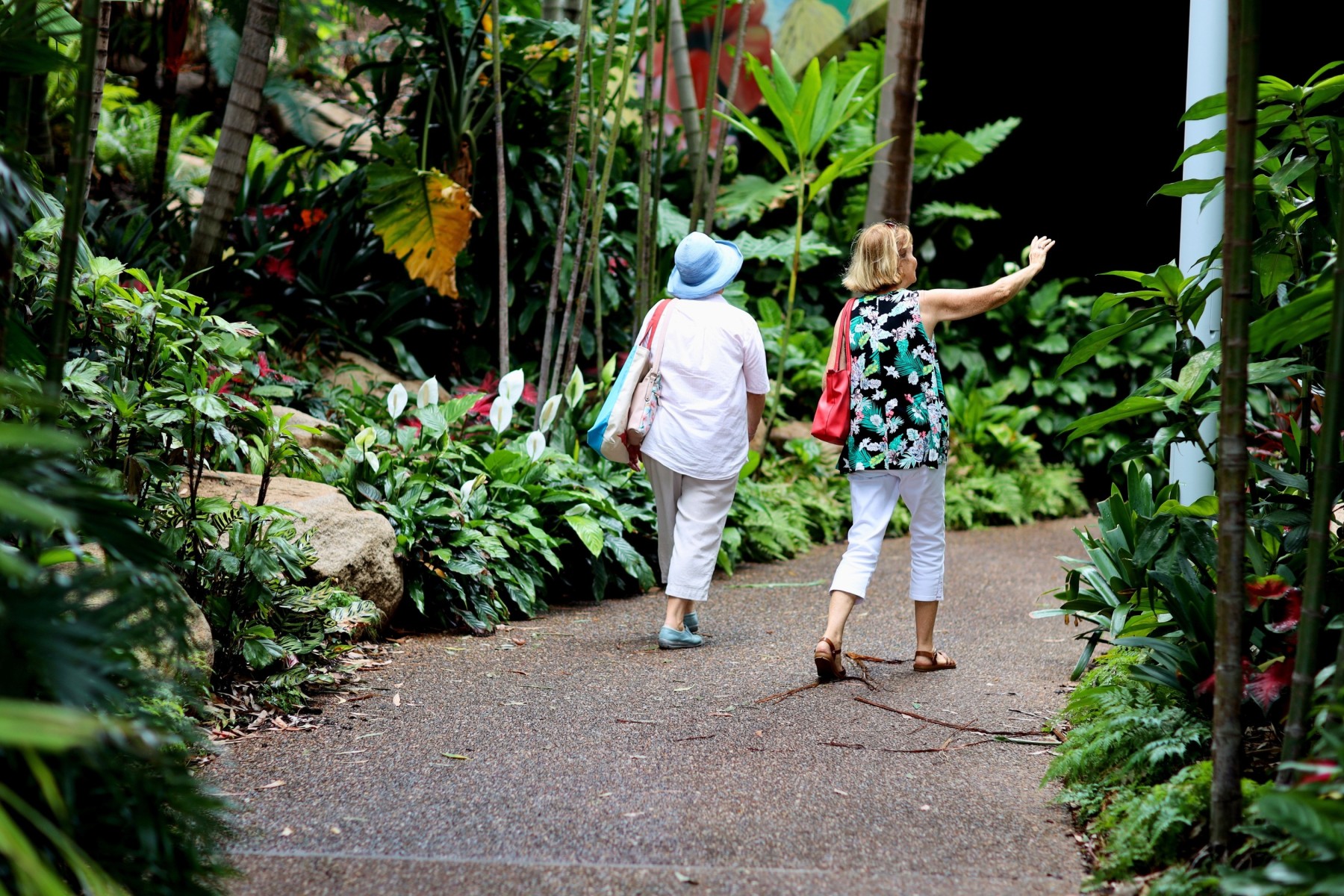
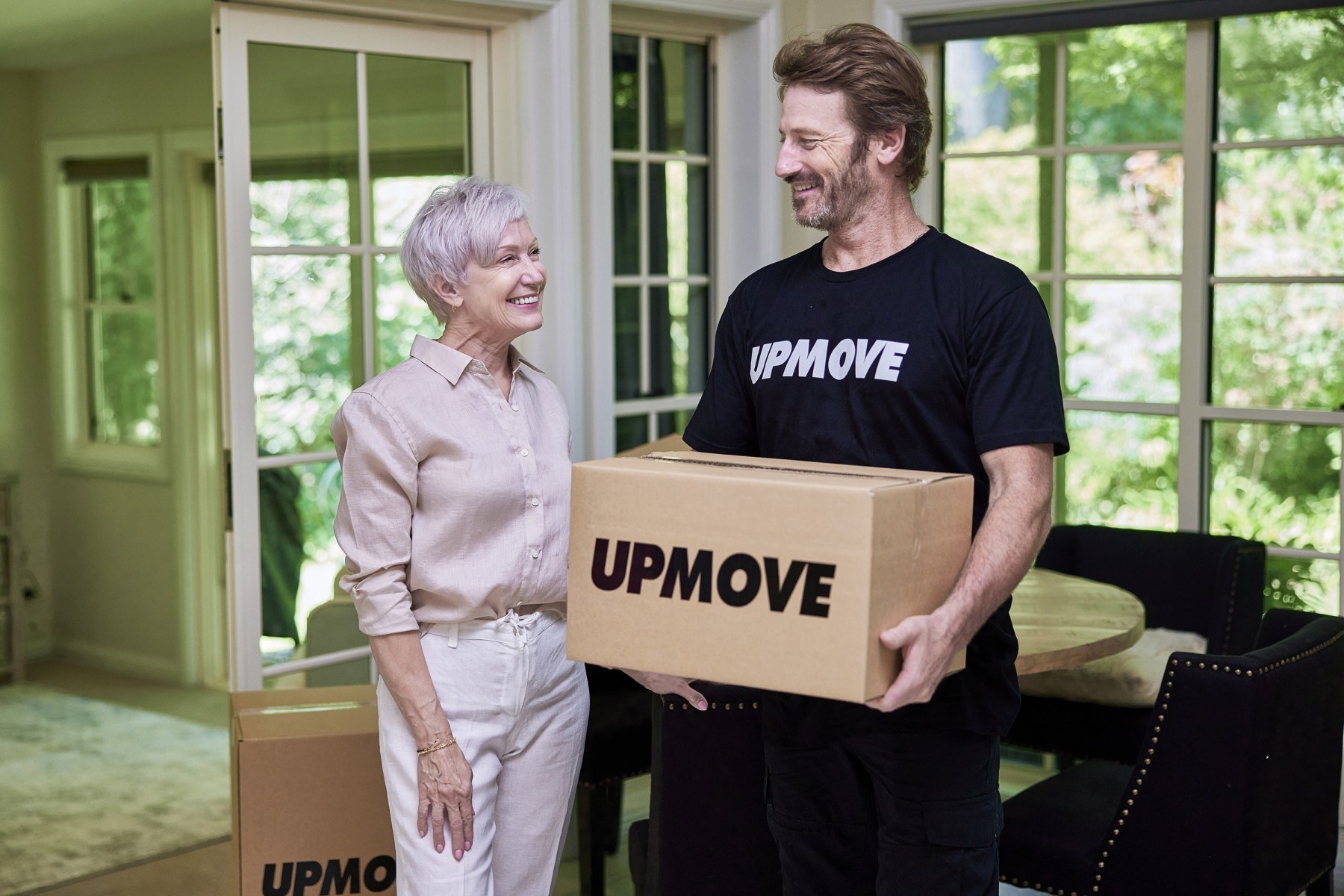


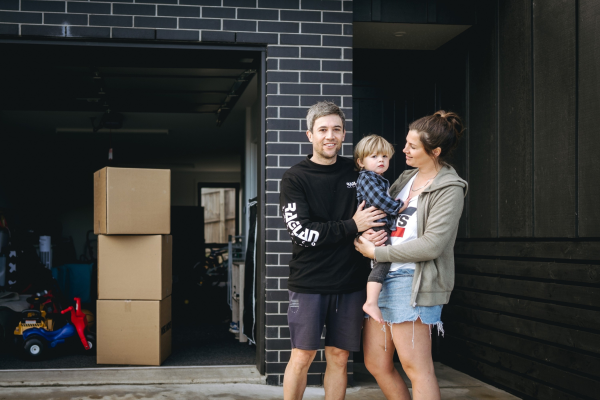
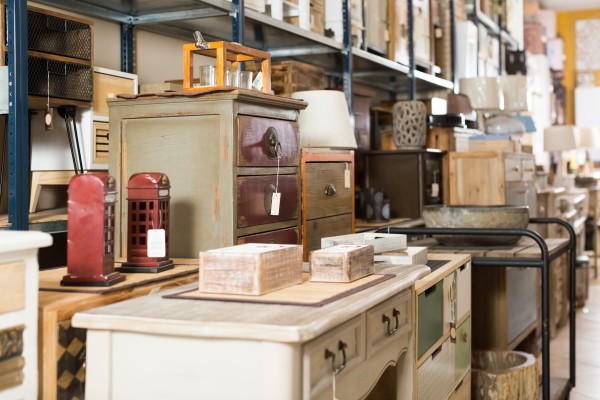
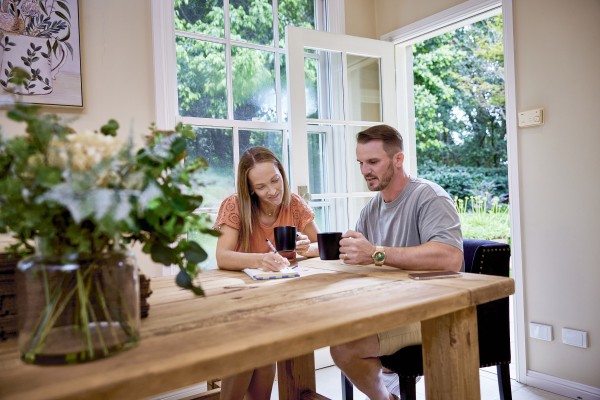



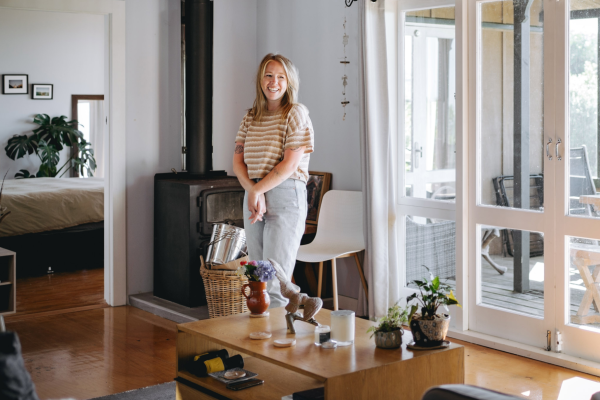
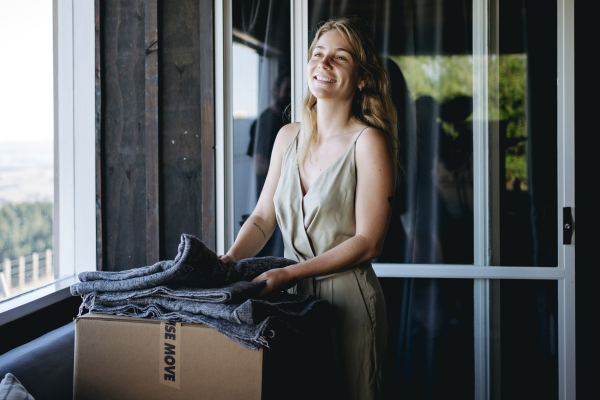
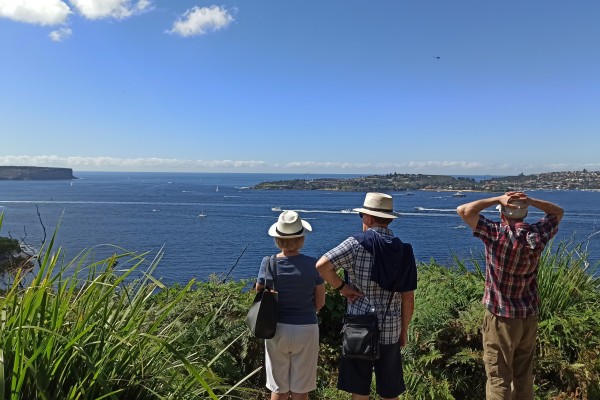
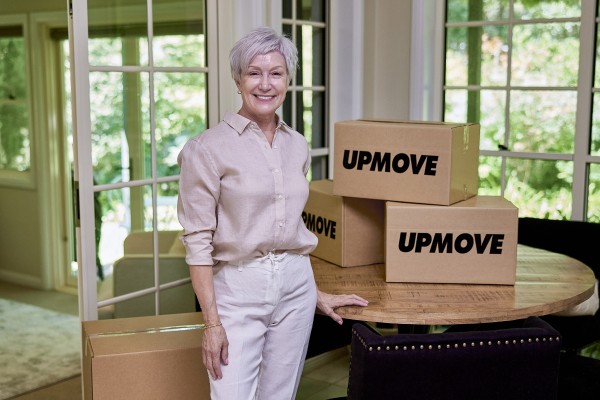
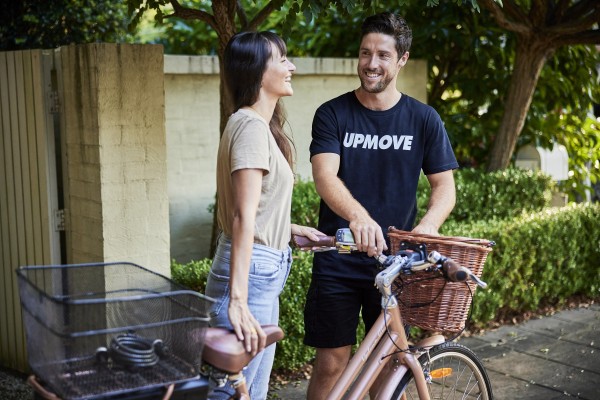
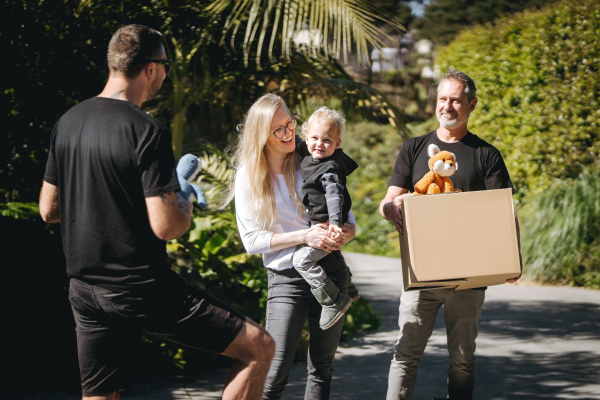

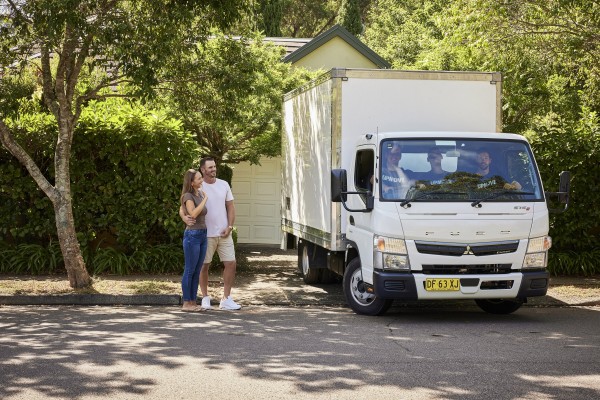


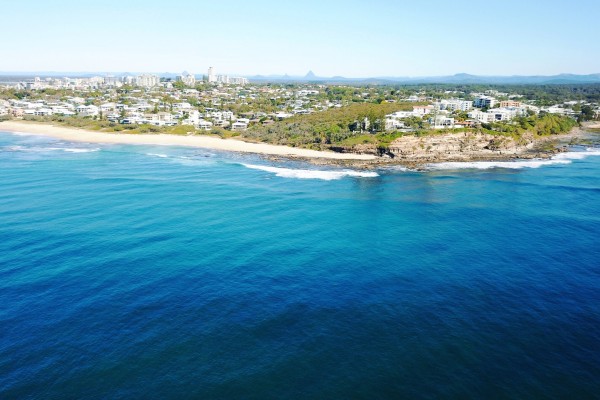
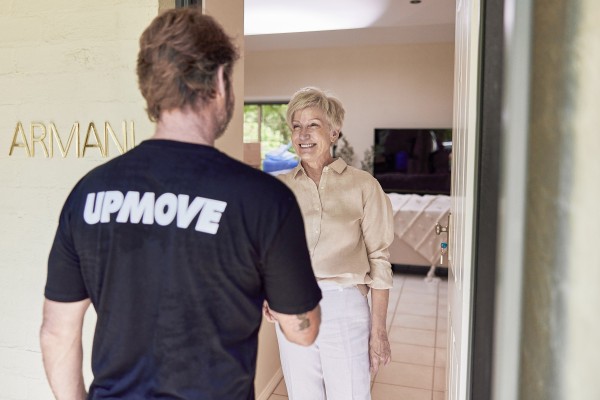
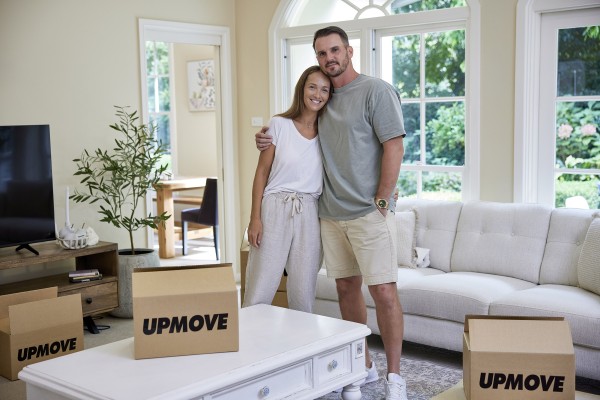
![Electric Bass Guitar Amplifier [90x70x35cm ; 50kgs], Electric Bass Gui... Electric Bass Guitar Amplifier [90x70x35cm ; 50kgs], Electric Bass Gui...](https://cdn.upmove.com.au/image/listing/3526991a6bdc56e645ac1b2a540b126e.jpeg)
